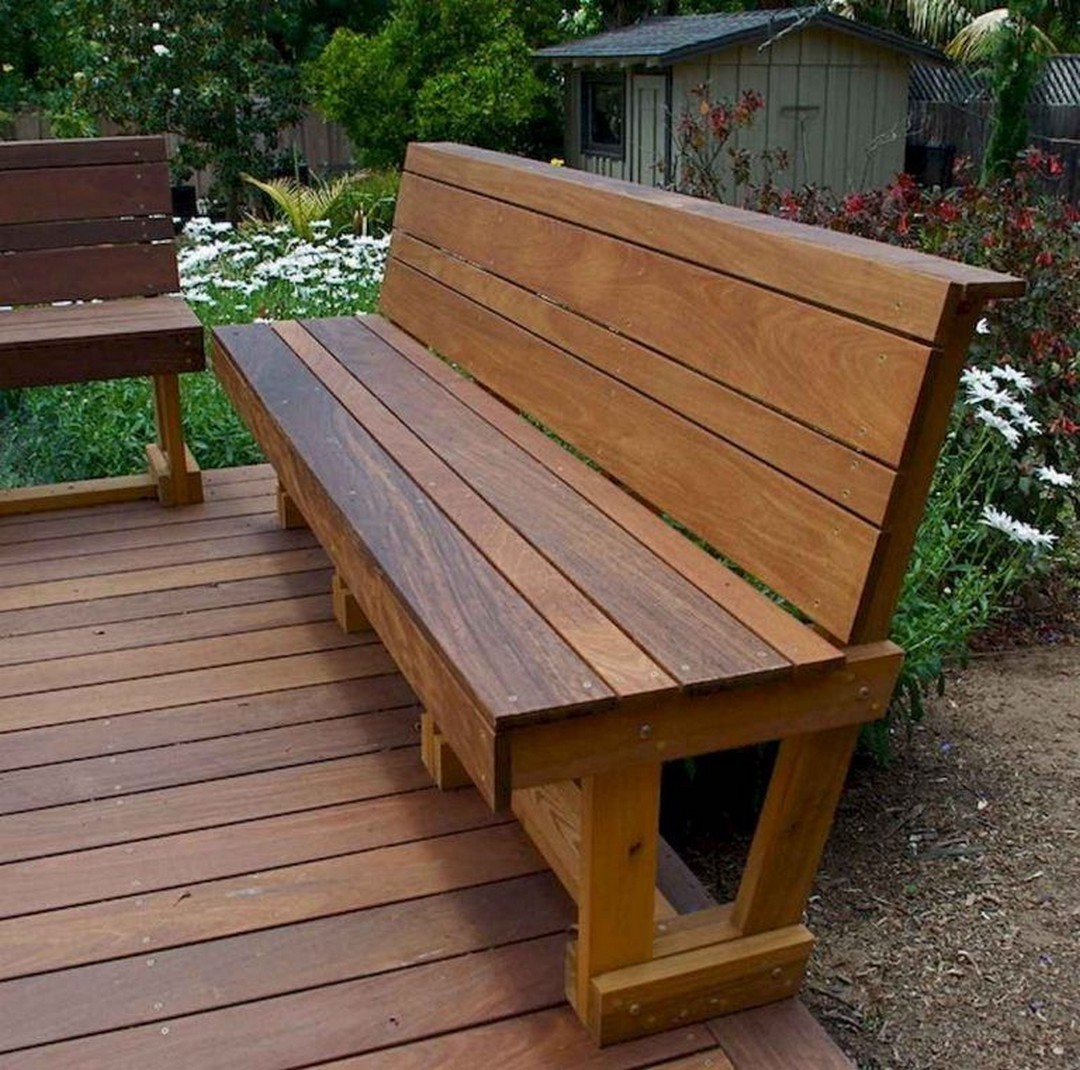
Outdoor Bench Designs with Functional Features That Will Stand Out
Outdoor benches are essential elements for any outdoor space, providing seating, relaxation, and a touch of style. While traditional benches are functional, incorporating unique and practical features can elevate them to standout pieces that enhance both aesthetics and usability. This article explores innovative outdoor bench designs that prioritize functionality and create a memorable experience for users.
Incorporating Storage Solutions
Outdoor benches often lack storage space, leading to clutter and inconvenience. Integrating storage solutions into the bench design addresses this common issue.
Hidden Compartments
Benches with concealed storage compartments offer a discreet and organized solution. These compartments can be accessed through hinged lids or sliding drawers, providing a convenient spot for storing cushions, blankets, gardening tools, or other items. The compartment can be located under the seat, within the backrest, or even as a separate unit built into the bench's frame.
Built-in Planters
Combining a bench with planters creates a multi-functional piece that enhances both aesthetics and functionality. Integrated planters can be designed into the bench's frame, providing a space for growing flowers, herbs, or small shrubs. This design element not only adds a touch of greenery to the outdoor space but also eliminates the need for separate planter boxes, saving space and adding a harmonious aesthetic.
Enhancing Comfort and Ergonomics
Comfort is a key consideration when designing outdoor benches. Integrating ergonomic features can transform a simple bench into a haven of relaxation.
Contoured Seating
Benches with contoured seating provide optimal support and comfort. The curved shape conforms to the body's natural curves, reducing pressure points and promoting relaxation. This feature is particularly beneficial for long periods of sitting.
Adjustable Backrests
Adding adjustable backrests allows users to customize their seating position for optimal comfort. These backrests can be adjusted to various angles, enabling users to choose a reclining or upright position depending on their needs. Adjustable backrests are a versatile feature that enhances the overall user experience.
Introducing Weather-Resistant Materials
Outdoor benches are exposed to the elements, making it crucial to select weather-resistant materials that withstand harsh conditions.
Durable Timber
Certain timber species, such as teak, cedar, and redwood, are naturally resistant to rot, decay, and insects. These timbers possess a high oil content, making them weatherproof and suitable for outdoor use. They also develop a beautiful patina over time, enhancing their visual appeal.
Weatherproof Composites
Composite materials are becoming increasingly popular for outdoor furniture due to their durability and weather resistance. These materials often combine recycled plastic with wood fibers, creating a low-maintenance and long-lasting option. They are available in various colors and textures, allowing for customization and design flexibility.
Embracing Sustainability and Eco-Friendliness
Sustainability is becoming increasingly important in furniture design. By choosing eco-friendly materials and construction methods, you can create benches that minimize their environmental impact.
Recycled Materials
Using recycled materials in bench construction is a sustainable practice that minimizes waste. Recycled plastic, metal, and wood can be incorporated into bench frames, legs, and seating surfaces, reducing reliance on virgin resources.
Renewable Resources
Utilizing renewable resources such as bamboo, rattan, and sustainably harvested timber is another way to ensure environmentally responsible design. These materials are naturally durable and renewable, minimizing their impact on the environment.
Adding Decorative Elements and Personalization
Decorative elements can transform a functional bench into a statement piece. Personalization options allow users to express their unique style and create a bench that complements their outdoor space.
Carving and Etching
Carving or etching designs into the bench's surface adds a touch of artistry and personality. These intricate details can range from simple patterns to elaborate motifs, reflecting the owner's style or the surrounding landscape.
Customizable Finishes
Offering a variety of finishes for the bench allows for customization. From natural wood stains to vibrant paints, users can choose a finish that complements their existing decor. The choice of color and texture can significantly impact the overall aesthetic and personality of the bench.
Innovative Features for Enhanced Functionality
Integrating innovative features can elevate outdoor benches beyond their traditional role. These features can enhance usability and create a unique experience for users.
Integrated Lighting
Incorporating lighting into the bench design enhances safety and provides a warm ambiance in the evening. LED strips or solar-powered lights can be seamlessly integrated into the frame, creating a luminous effect that illuminates the surrounding area.
Built-in Charging Stations
Integrating charging stations into the bench frame caters to the needs of modern users. These stations can provide power outlets or USB ports, allowing users to charge their devices while enjoying the outdoors. This feature is particularly useful in areas with limited access to power outlets.
Conclusion
Outdoor benches are not just functional seating but opportunities to enhance outdoor spaces with innovative and practical features. By incorporating storage solutions, prioritizing comfort and ergonomics, using weather-resistant materials, embracing sustainability, and adding decorative elements, you can create benches that stand out and provide a memorable experience for users. These designs transform a simple bench into a versatile, stylish, and functional piece that enhances the aesthetic and usability of any outdoor environment.



